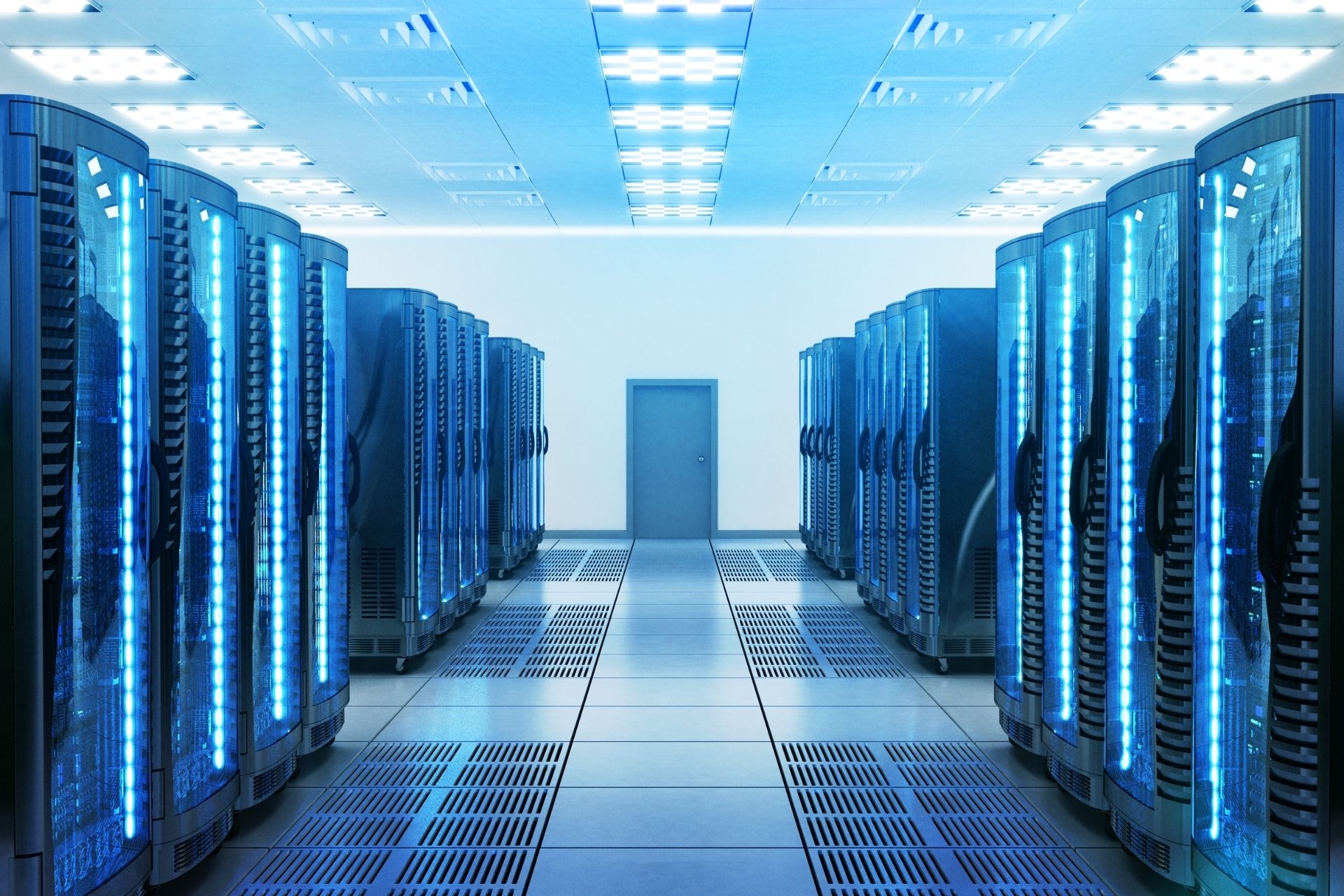When deploying Fiber Optic Internet in mixed-use MDU buildings, there are several special considerations to take into account. These may include the need for fiber optic cabling to be installed throughout the building to ensure reliable connectivity for all tenants, the importance of coordinating with property management to gain access to common areas for installation, and the necessity of providing adequate bandwidth to support the high-speed demands of both residential and commercial users. Additionally, it is crucial to consider the potential for interference from other electronic devices in a densely populated building and to implement proper network security measures to protect sensitive data. By addressing these specific challenges, Fiber Optic Internet deployments in mixed-use MDU buildings can be successful in providing fast and reliable connectivity to all residents and businesses.




